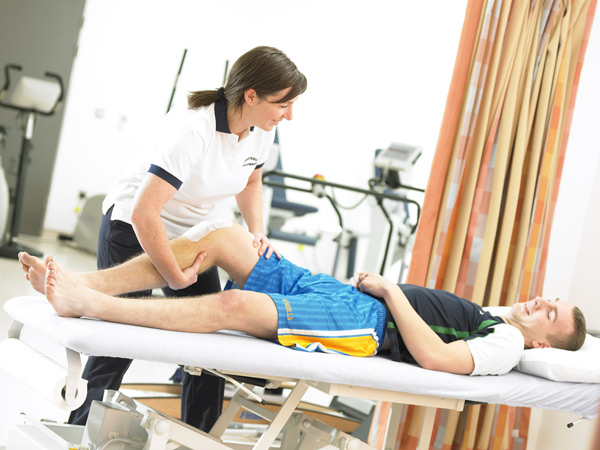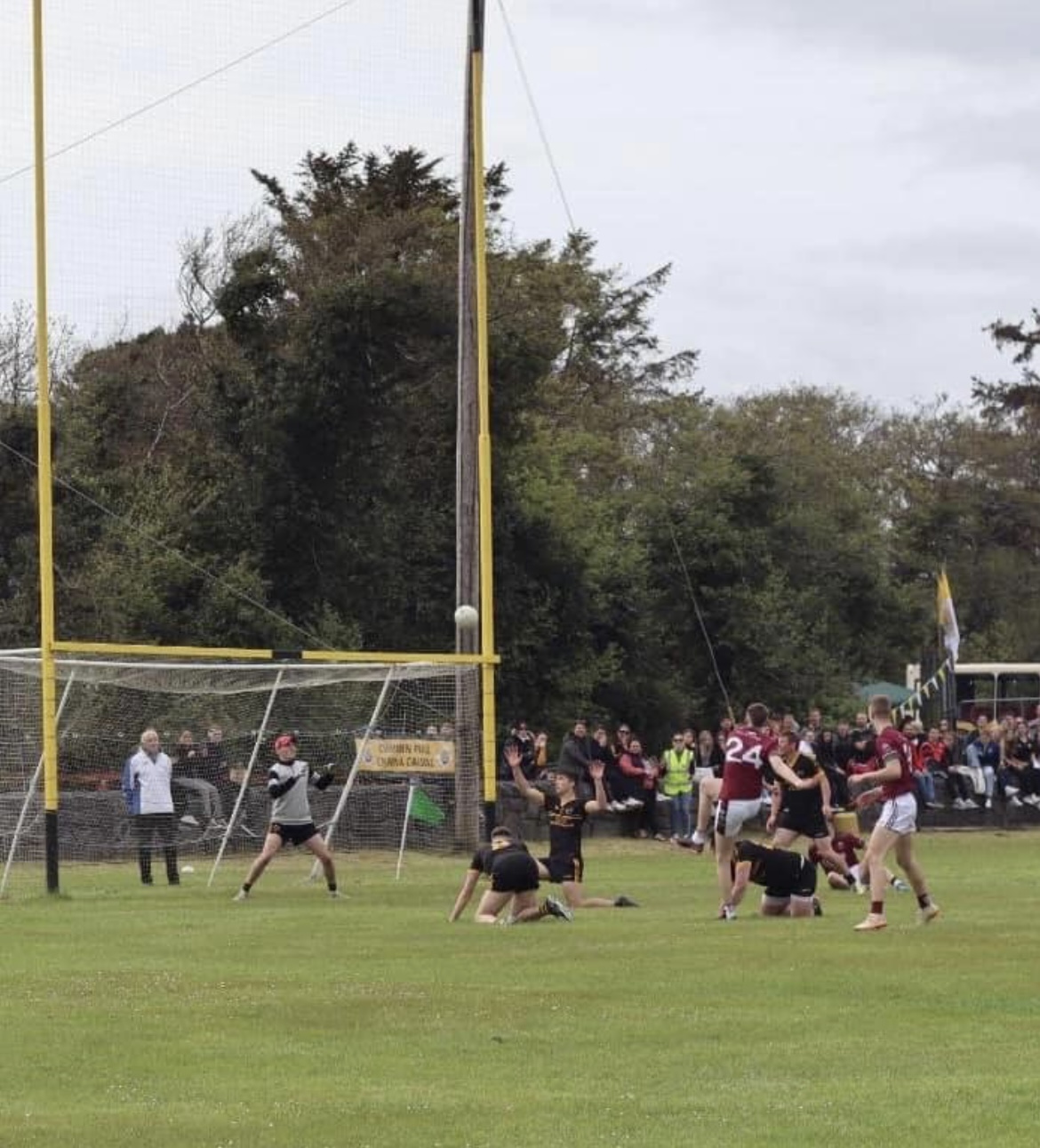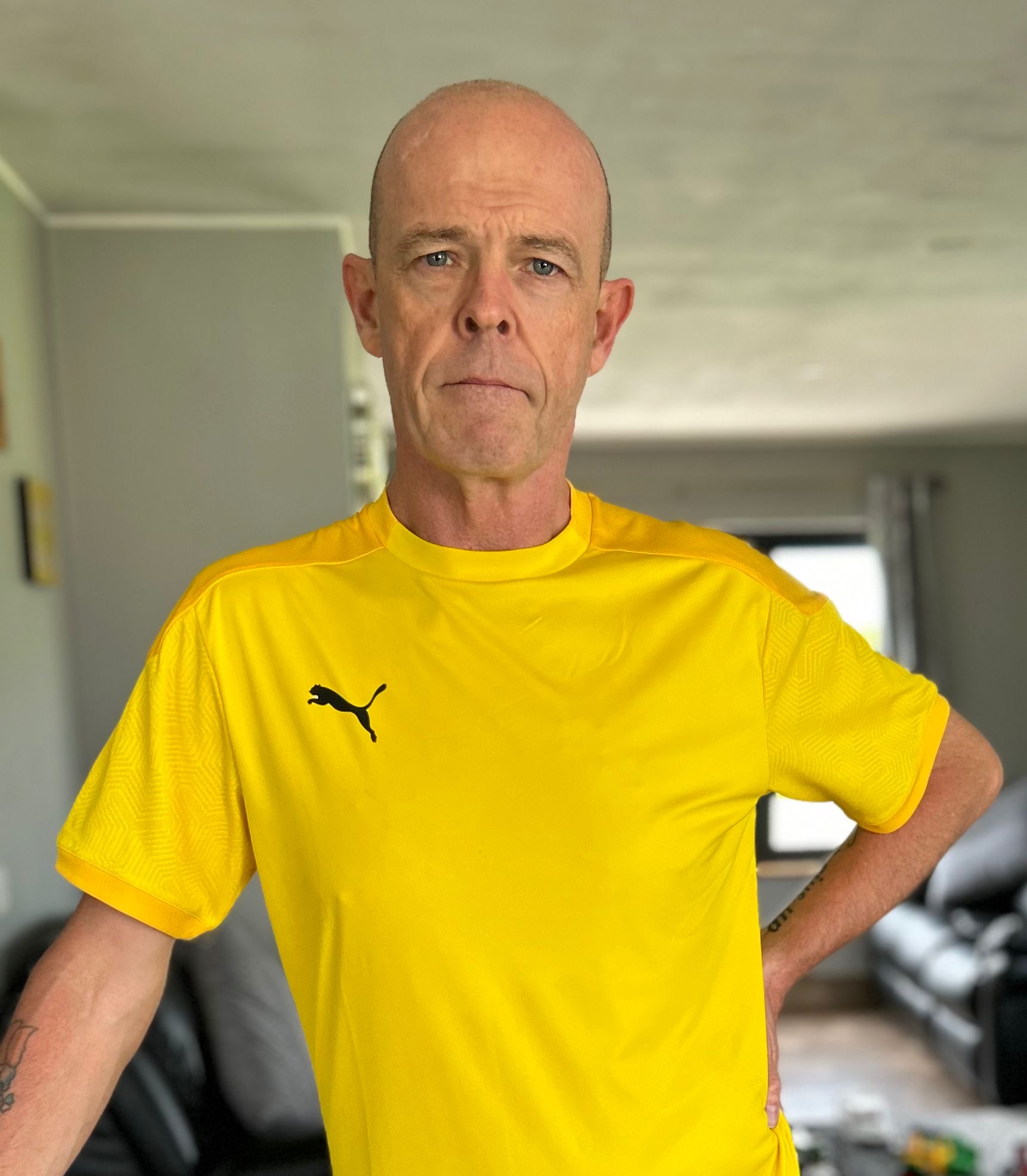SO, THE ANATOMY IS SIMPLE?
WHAT CAUSES IT?
Many reasons: an increase in mileage, more hill work, more speed work and a change in stride length or just fatigue. Your physio, therapist, or doctor will likely lie you on your side and let your leg drop behind you with a flexed knee to find the sore spot. We usually inject some local anaesthetic into the fat pad to confirm it before looking at your running style.
WHAT WON’T FIX IT?
Well, no amount of needling the length of the fascia, orthotics or foam roller up and down the leg will make much of a difference and certainly not changing your runners! But you can deep tissue massage the glutes, get stronger in a single leg landing jump and change your running kinematics. We often see ( Fig2) a lack of glut control in the stance phase, causing the hip to drop and the leg to rotate, combined with too long a ground contact time and a lot of knee flexion. Cross over gait is also common, like running as a catwalk model.
SO WHAT SHOULD YOU DO?

• Good Hip extension and landing drills in the gym. Stiffer running gait (less knee flexion), and reduce the time on the ground…think about running like a piston.
• Deep tissue massage/sliotar to the TFL
The authors from the UPMC Sports Surgery Clinic carried out original research into the function and management of ITB at the University of Melbourne, published in Scandinavian Journal of Medicine and Science in Sports 2009: ‘Iliotibial band syndrome: an examination of the evidence behind a number of treatment options’.
| Click here to download PDF of the article in full. |










